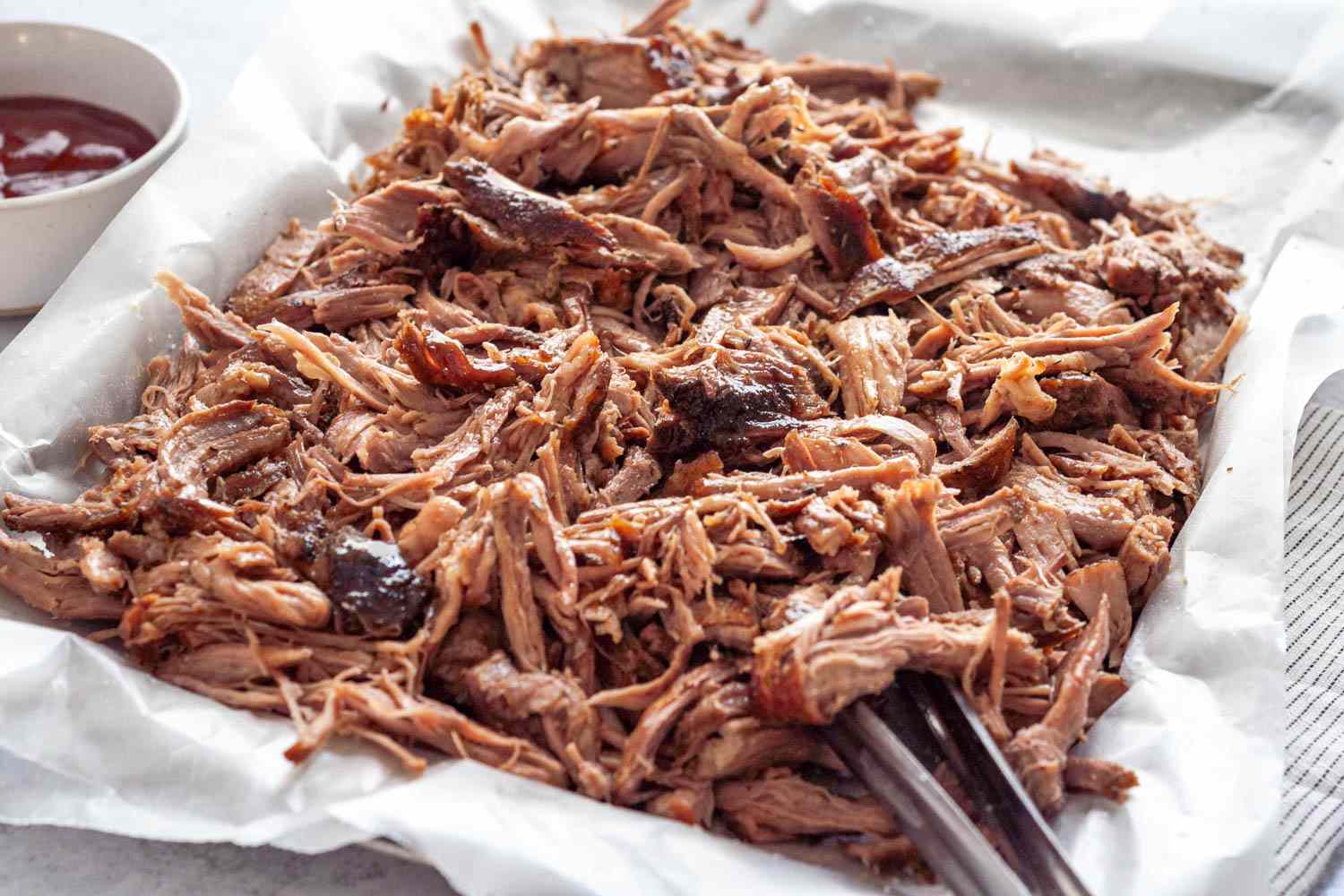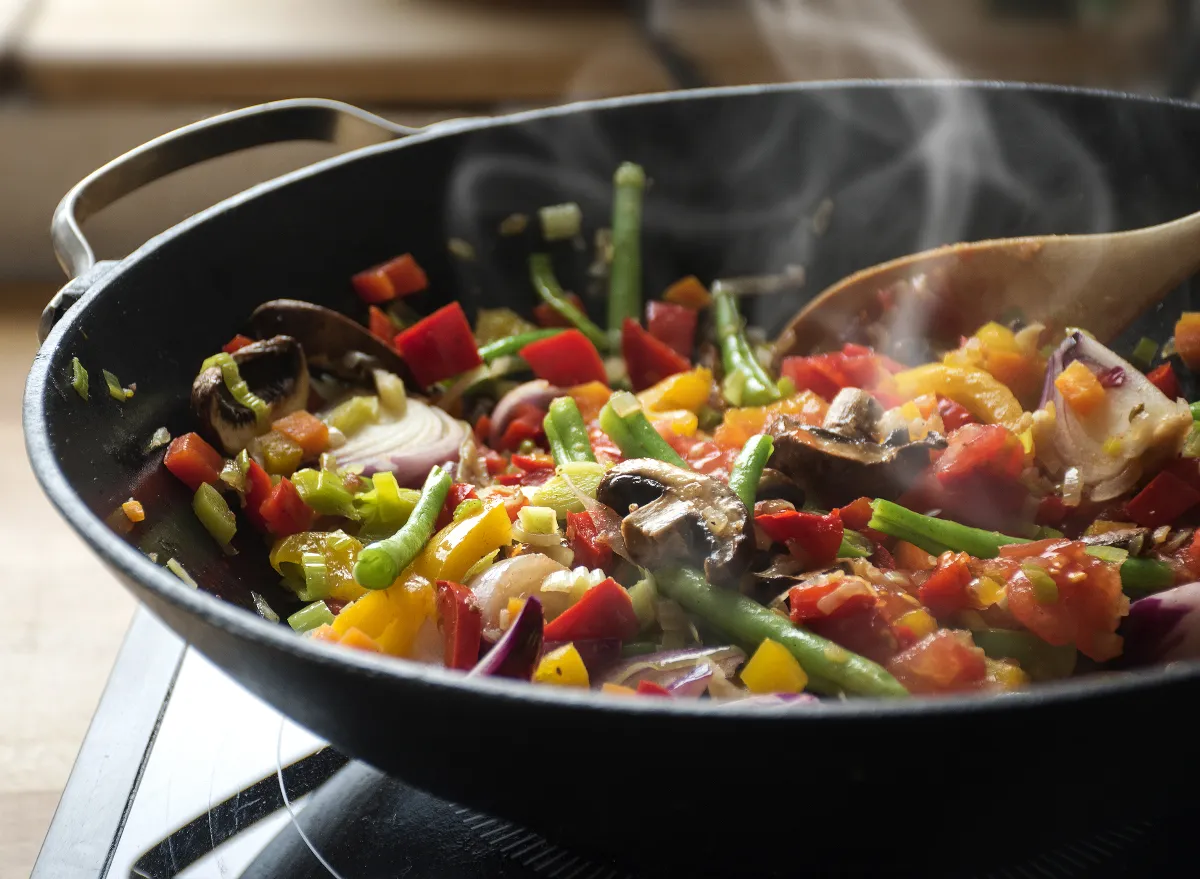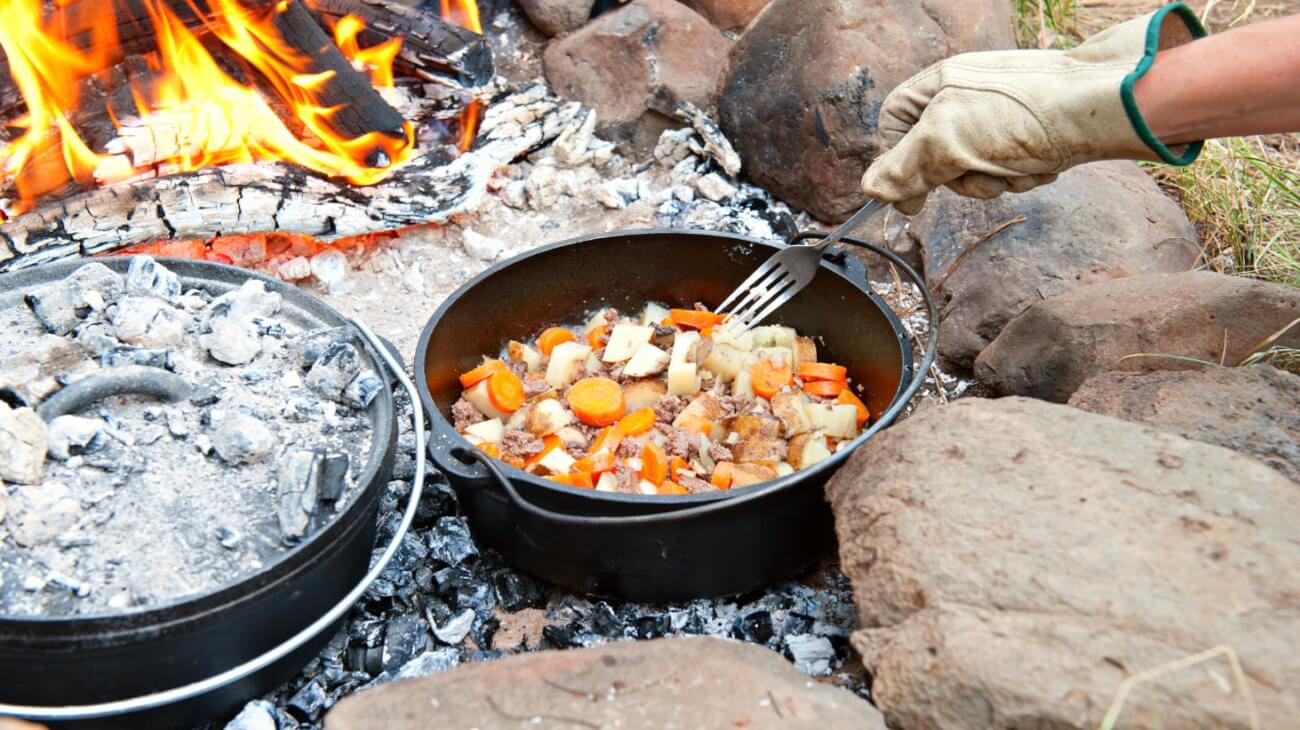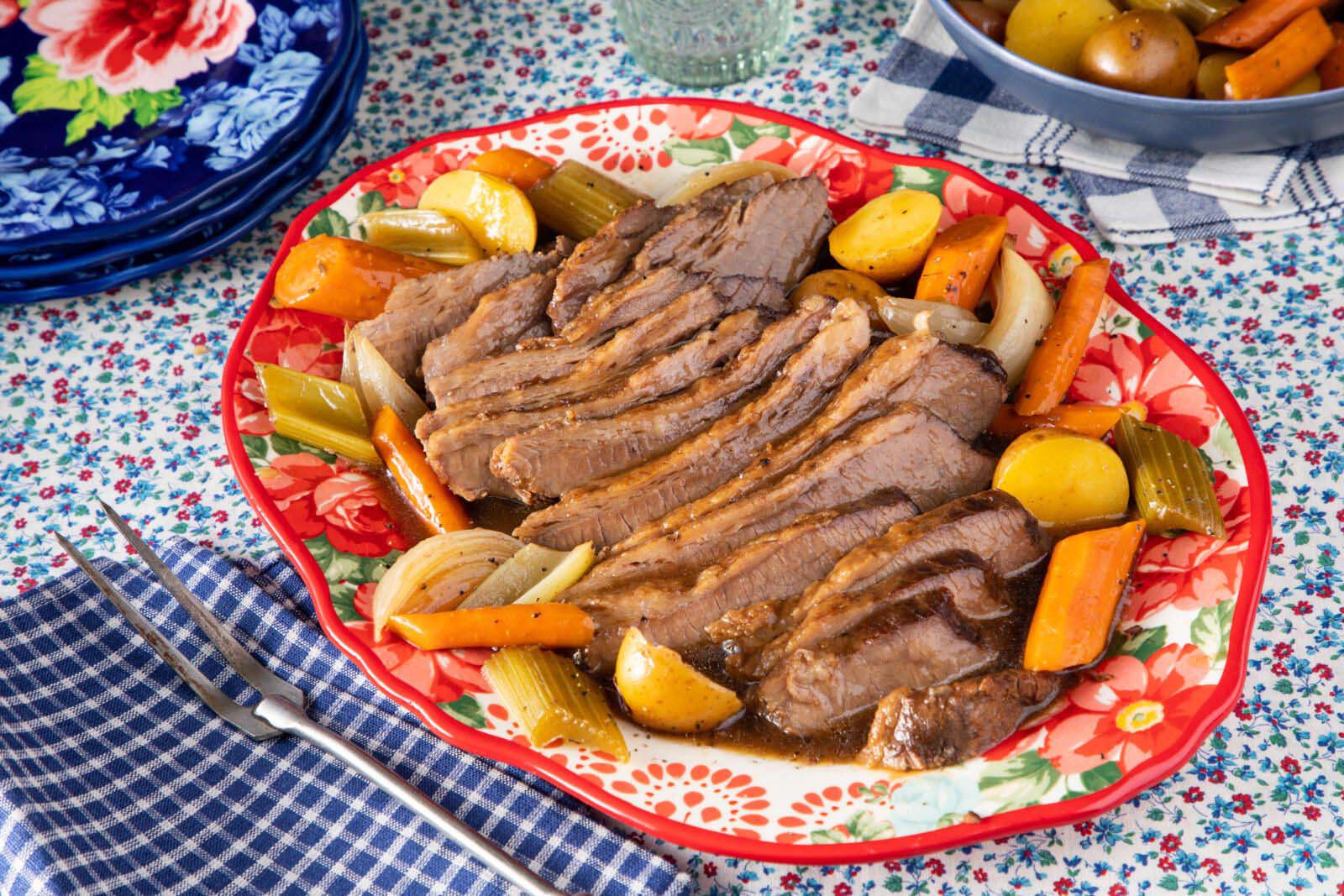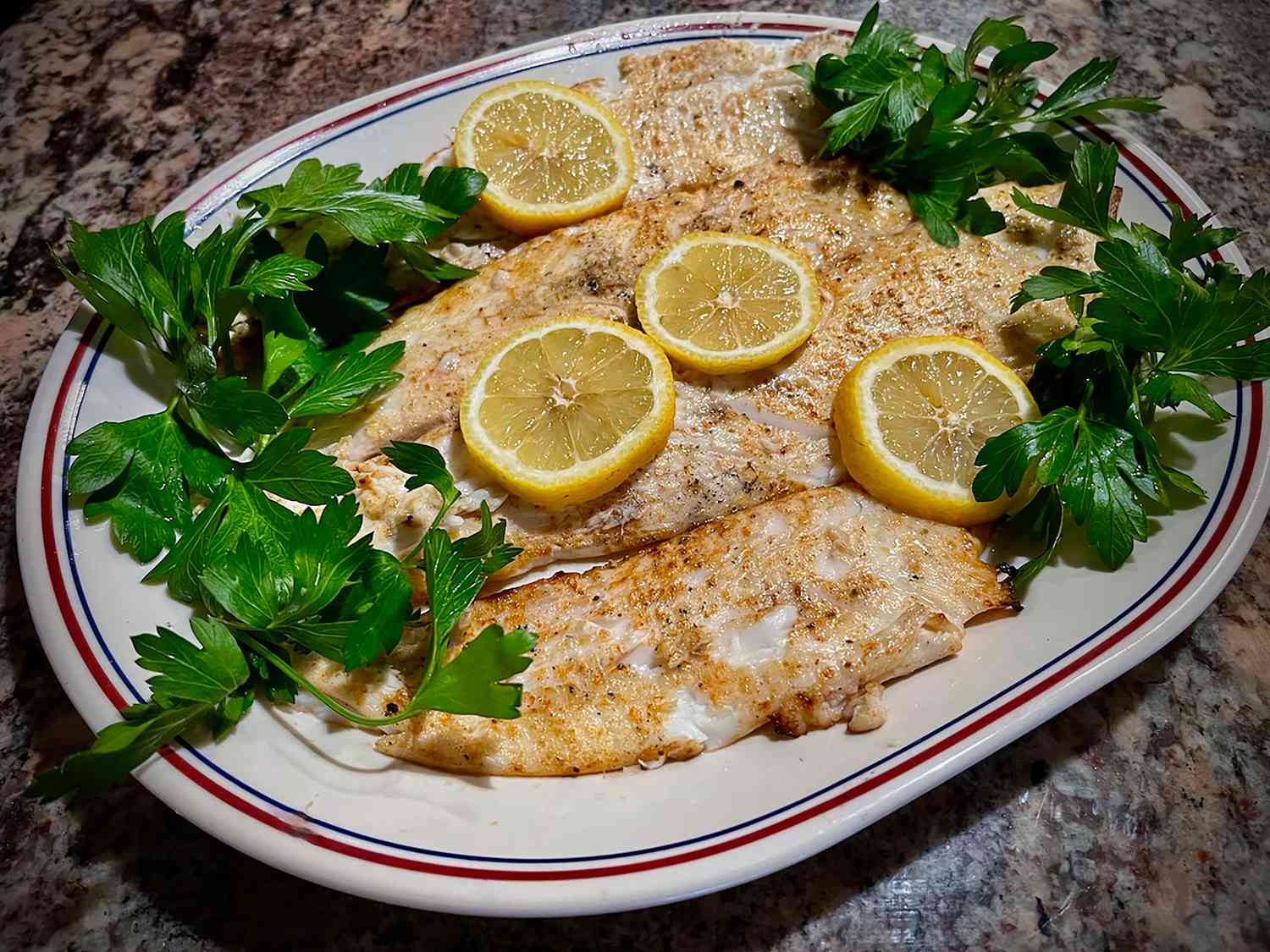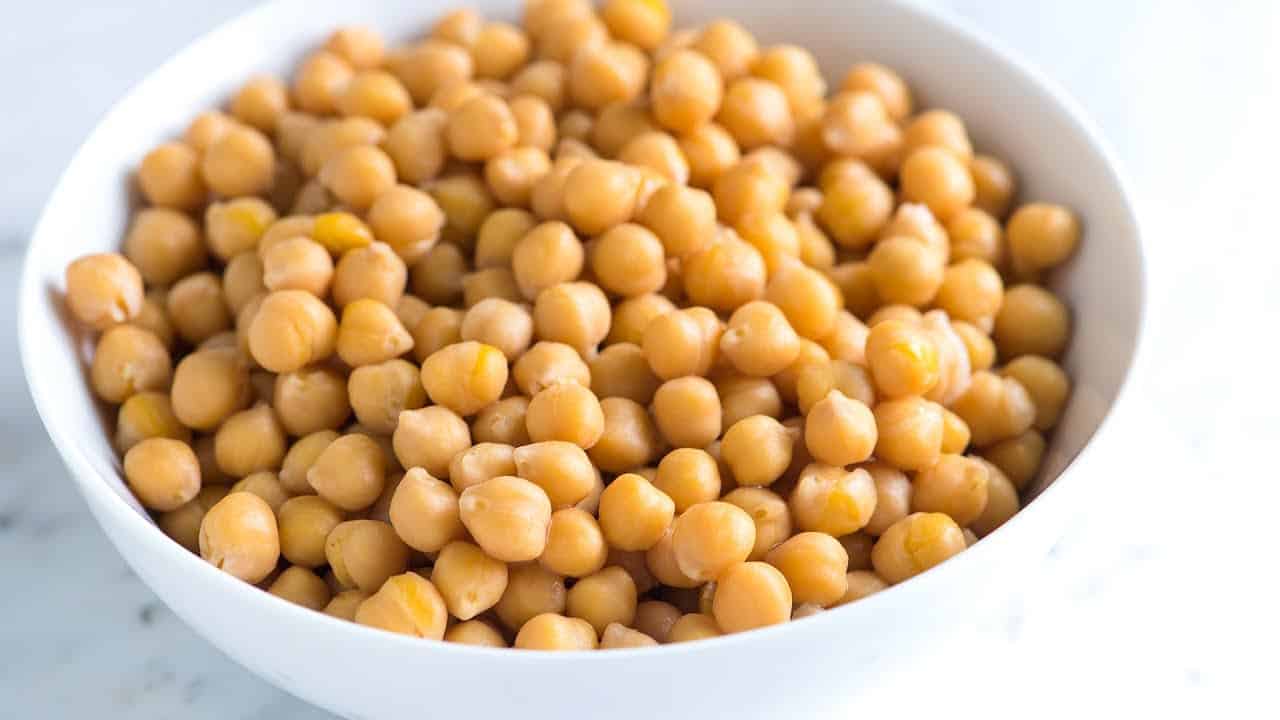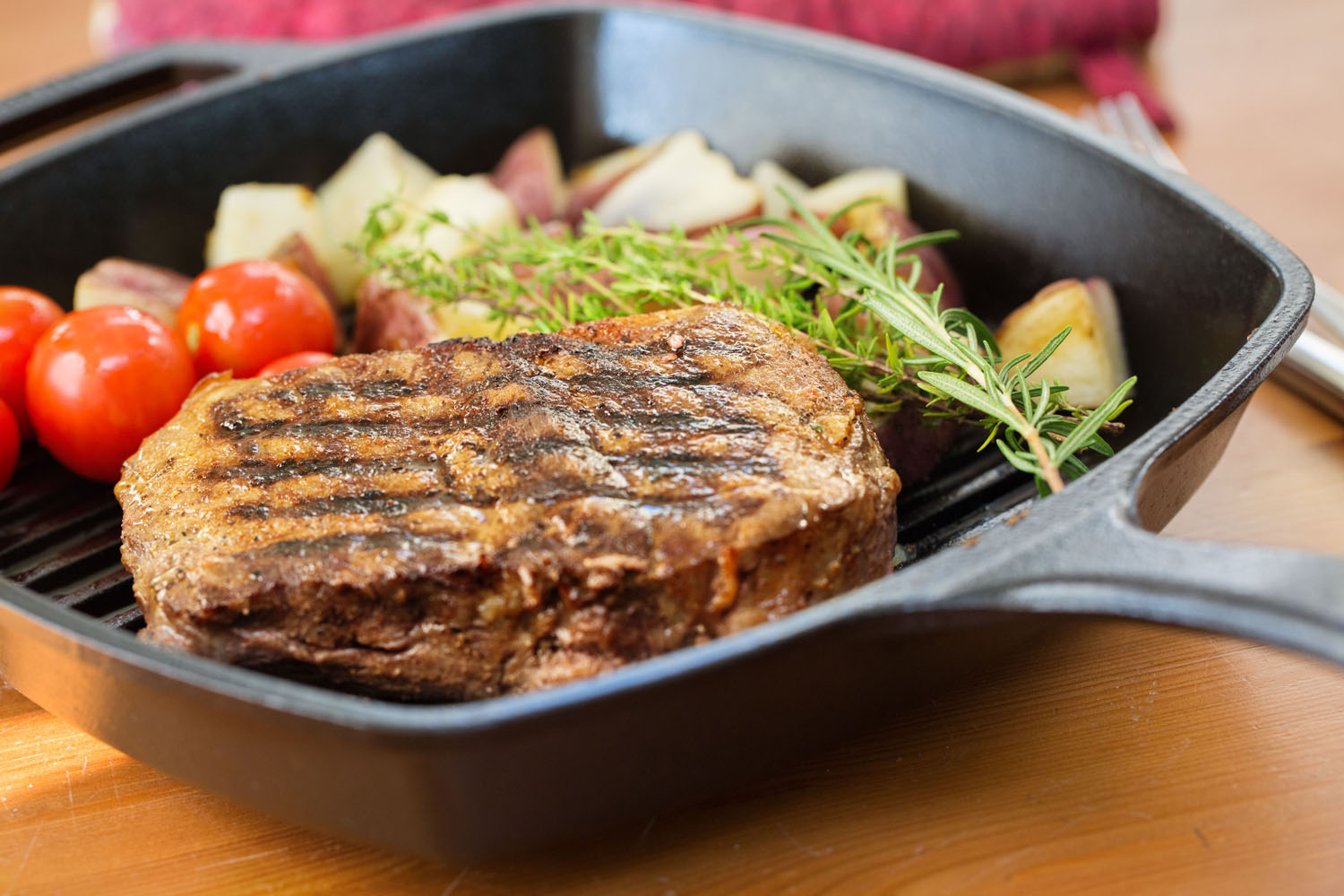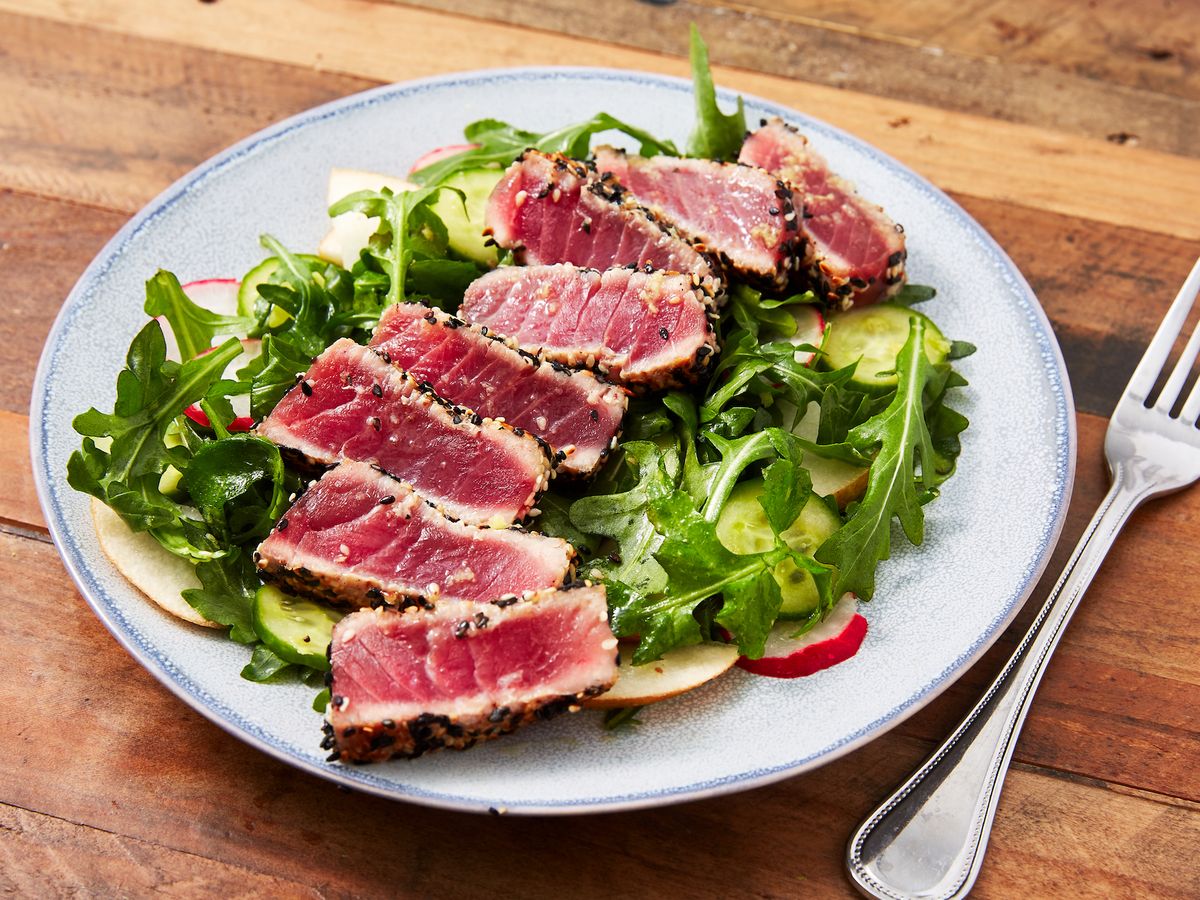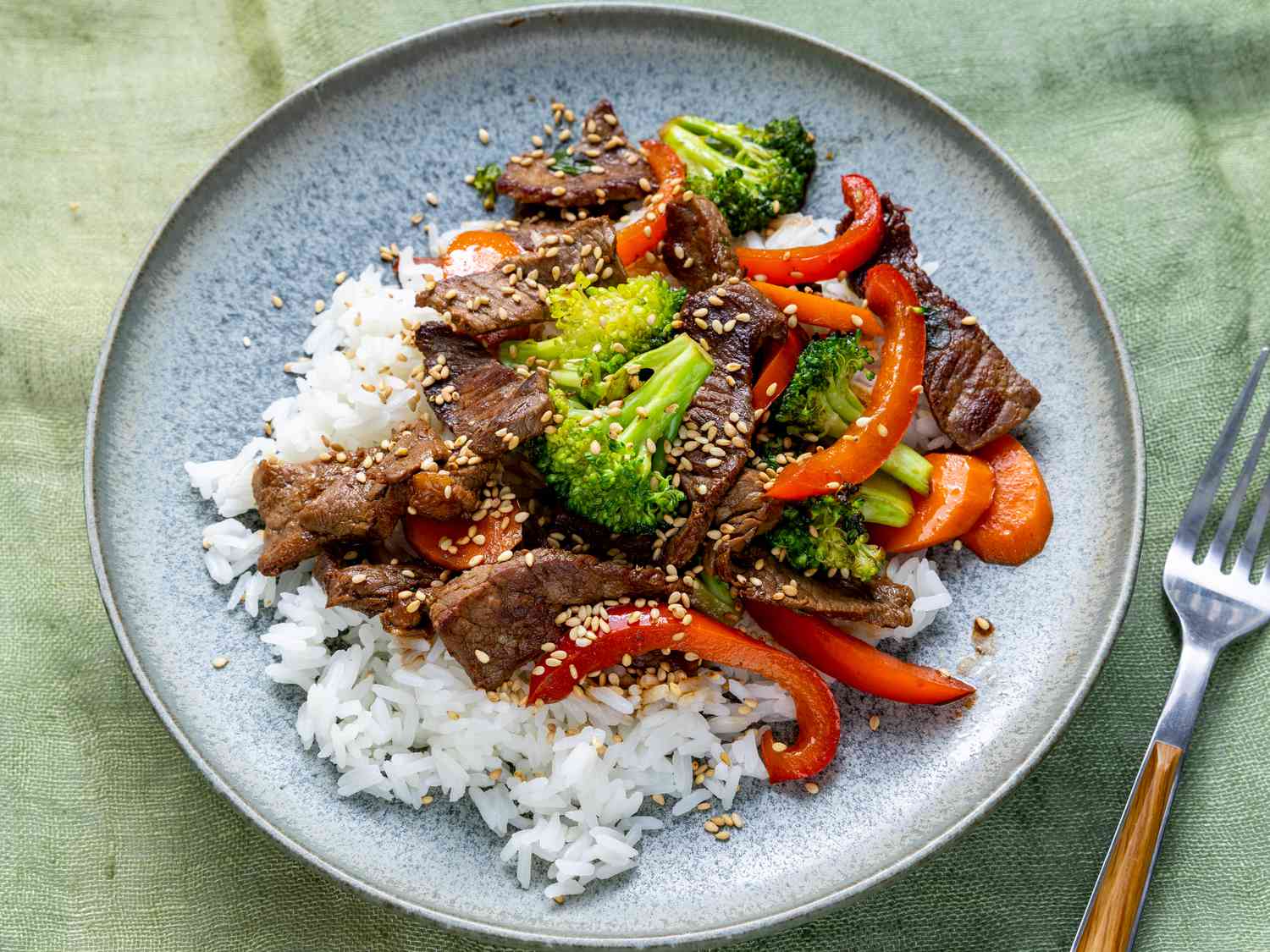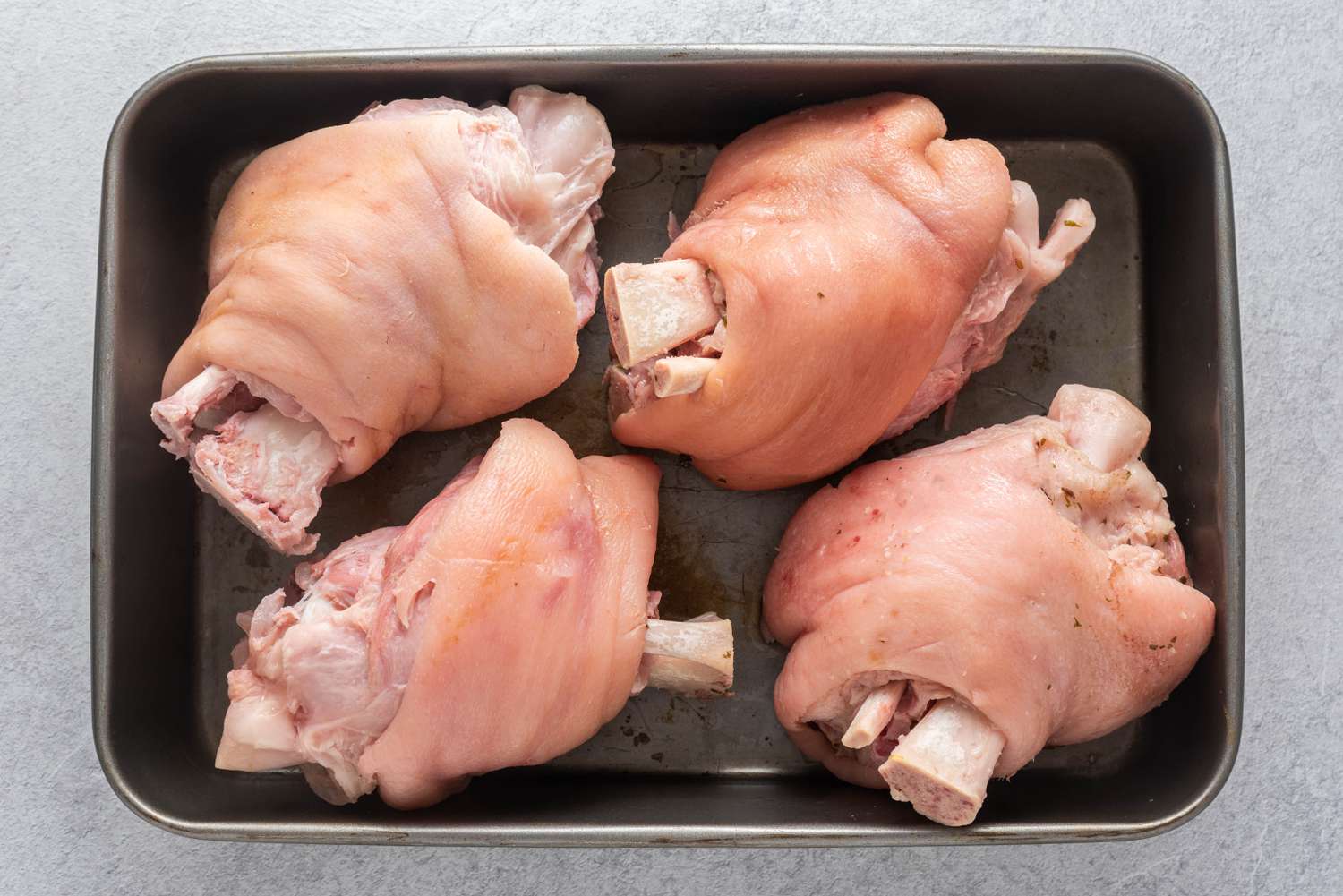Unlock the Secret to Perfect Cheesecake – No Water Bath Required!
Are you a cheesecake enthusiast? Is the thought of indulging in a slice of creamy, melt-in-your-mouth cheesecake enough to make your taste buds dance with joy? If so, we have some exciting news for you – you can create a heavenly cheesecake without the hassle of a water bath!
Traditionally, a water bath is used when baking cheesecake to ensure even, gentle heat distribution and prevent cracking. However, the water bath method can be a bit fussy, requiring wrapping the pan, boiling water, and trying to maneuver it all into the oven without spilling. But fear not, we’re about to reveal our tried and tested technique to achieve a perfect cheesecake without a water bath.
Follow these steps to bake a flawless cheesecake:
- Choose the Right Recipe: Select a cheesecake recipe that is known to be water bath-free. Some recipes are specifically designed to eliminate the need for a water bath, simplifying the process without compromising on taste and texture.
- Prevent Cracks: To minimize cracking, it’s crucial to avoid overmixing the batter. Overmixing can introduce excess air, which may lead to cracks during the baking process. Mix until the ingredients are just combined and smooth.
- Prepare the Pan: Grease the sides and bottom of your springform pan generously with butter or cooking spray. This will help prevent the cheesecake from sticking to the pan as it bakes and cools.
- Bake at a Lower Temperature: Instead of using a water bath, adjust your baking temperature. Lowering the oven temperature by about 25 degrees Fahrenheit (or 15 degrees Celsius) can help prevent overcooking, reduce the risk of cracks, and provide a more even cooking process.
- Use a Water Bath Alternative: While a water bath provides moisture to the oven’s environment, you can achieve similar results by placing a shallow pan filled with boiling water on the bottom rack of your oven. This will create steam, which helps keep the cheesecake moist and promotes even baking.
- Monitor Baking Time: Keep a close eye on your cheesecake while it bakes. Every oven is unique, so baking times may vary. Start checking for doneness a few minutes earlier than the recipe suggests. The cheesecake should be set around the edges but slightly jiggly in the center. It will continue to cook and set as it cools.
- Cool Gradually: Once the cheesecake is done baking, turn off the oven but leave the cheesecake inside with the door slightly ajar. Allowing the cheesecake to cool gradually helps prevent rapid temperature changes that can cause cracking. Once it reaches room temperature, refrigerate it for a few hours or overnight before serving.
Now that you know the secret, it’s time to put it into practice and amaze your friends and family with your delectable, crack-free cheesecake. Whether you go for a classic New York-style or get creative with flavors, mastering the technique of baking cheesecake without a water bath opens up a world of possibilities.
So, ditch the water bath and embark on your cheesecake adventure today. Happy baking!
Was this page helpful?
Read Next: How To Cook Chopped Clams
